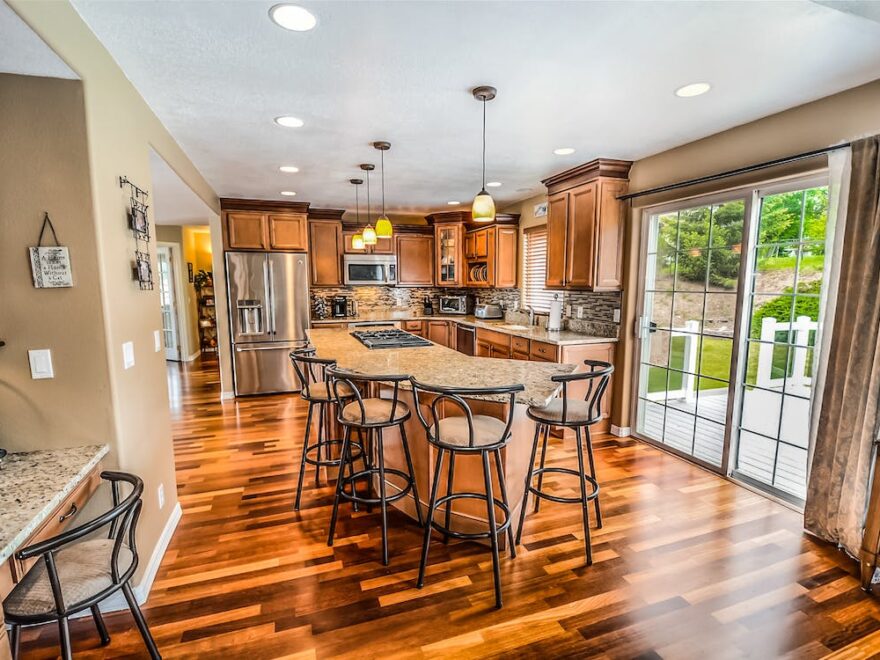Fort Walton, a vibrant city located in Florida’s Panhandle, has been witnessing a notable surge in its real estate market in recent years. As the city experiences growth and development, it is important to examine the impact of this booming market on home insurance rates. This article delves into the factors that contribute to changes in home insurance premiums in Fort Walton, shedding light on the correlation between the real estate market and insurance costs.
- Increasing Property Values:
One of the primary factors influencing home insurance rates in Fort Walton is the rising property values. As demand for homes escalates, property prices surge. Insurance companies adjust their rates to reflect the increased value of insured properties. Consequently, homeowners may experience higher insurance premiums to adequately cover their property’s appreciation. - Construction Costs and Building Materials:
Another critical aspect tied to the real estate market’s influence on home insurance rates is the cost of construction and building materials. Fort Walton’s thriving real estate market entails a surge in new construction projects, driving up the cost of materials and labor. Insurance companies consider these factors when determining coverage costs, as the expenses involved in rebuilding or repairing a home impact the overall insurance premium. - Neighborhood Risk Assessment:
Home insurance rates are also influenced by the overall risk assessment of a neighborhood. As Fort Walton’s real estate market expands, new developments may emerge in areas that were previously underdeveloped or considered higher risk. Insurance companies evaluate the susceptibility of homes to natural disasters, crime rates, and proximity to fire stations when calculating insurance premiums. Consequently, homeowners in newly developed areas may experience fluctuations in their insurance costs due to changes in the neighborhood’s risk assessment. - Local Weather Conditions:
Fort Walton’s coastal location exposes the region to the risk of hurricanes, tropical storms, and other severe weather events. Insurance companies factor in local weather conditions when determining home insurance rates. As the real estate market expands, more properties are built in vulnerable areas, increasing the risk of damage from such weather events. This, in turn, can lead to higher insurance premiums for homeowners in these areas. - Insurance Competition and Market Dynamics:
The dynamics of the real estate market can also impact the insurance industry in Fort Walton. As more homeowners enter the market, insurance companies face increased competition, leading to potential fluctuations in rates. This competition can work in favor of homeowners, with insurance companies offering competitive premiums to attract customers. Conversely, if insurance providers perceive higher risk in the market due to factors such as increased property values or natural disaster vulnerability, rates may rise to mitigate potential losses.
Conclusion:
Fort Walton’s booming real estate market has a direct impact on home insurance rates. Factors such as increasing property values, construction costs, neighborhood risk assessments, local weather conditions, and market dynamics all contribute to fluctuations in insurance premiums. Homeowners in Fort Walton need to stay informed and regularly assess their insurance coverage to ensure they are adequately protected in this ever-changing real estate landscape.
